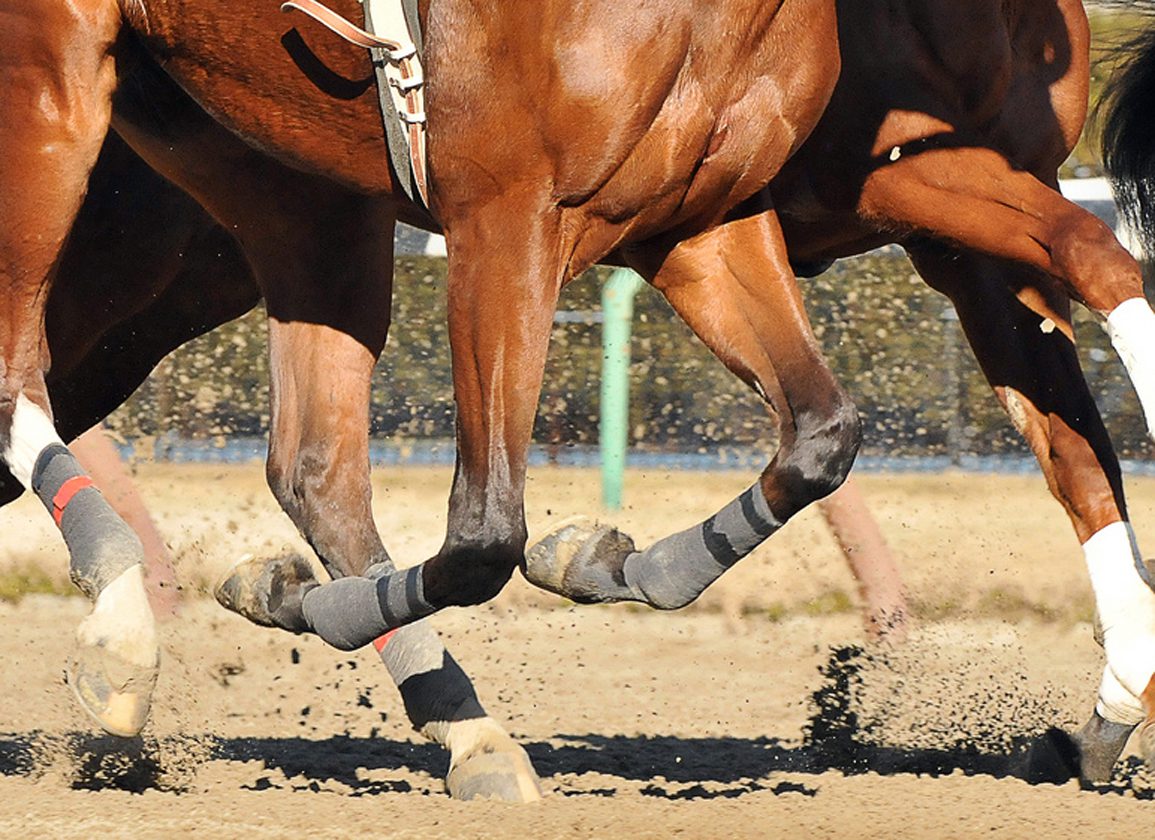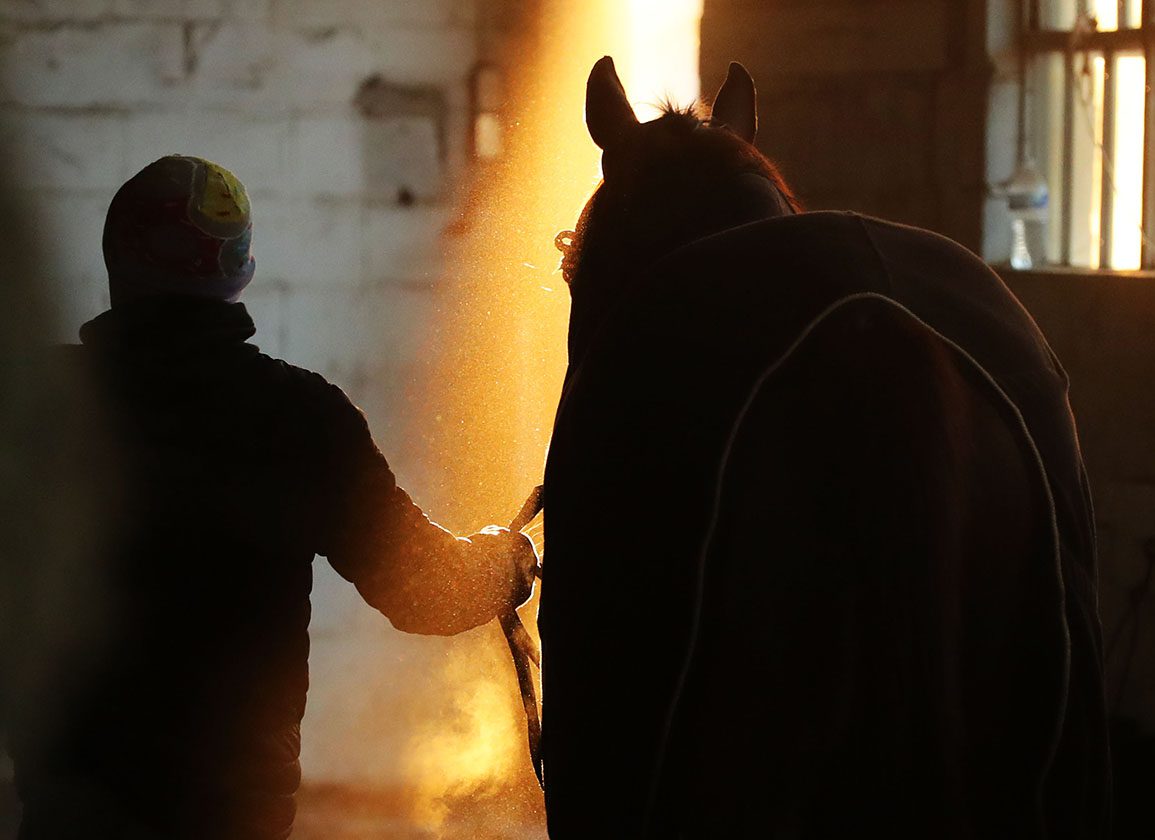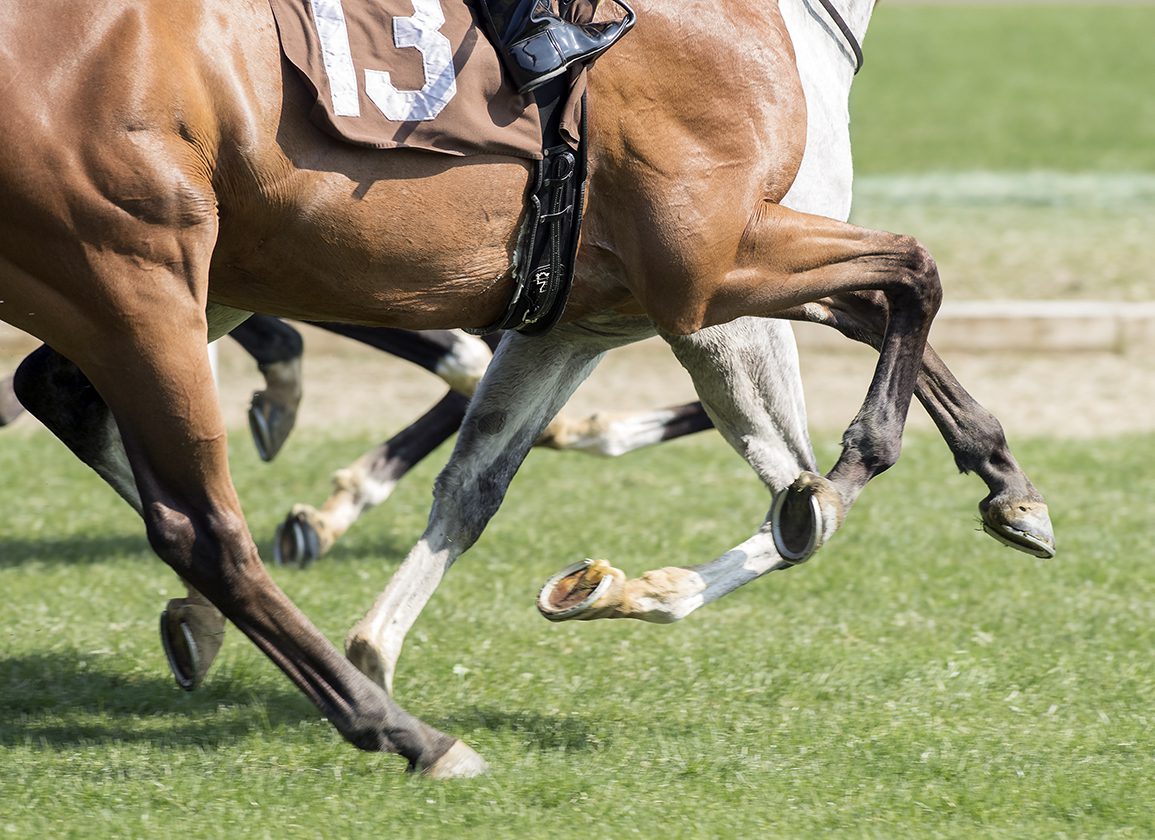In the wake of news that seven racehorses at properties under the jurisdiction of the California Horse Racing Board (CHRB) died in March, several commissioners and staffers at Thursday's monthly board meeting raised the verbal equivalent of a yellow flag with the goal of preventing future fatalities that would equate to a spike into red-alert territory. "Our injury rate, death rate, is creeping up," chairman Gregory Ferraro, DVM, said after CHRB equine medical director Jeff Blea gave the statistics in his report. "Do you have any solutions, reasons, comments about...










